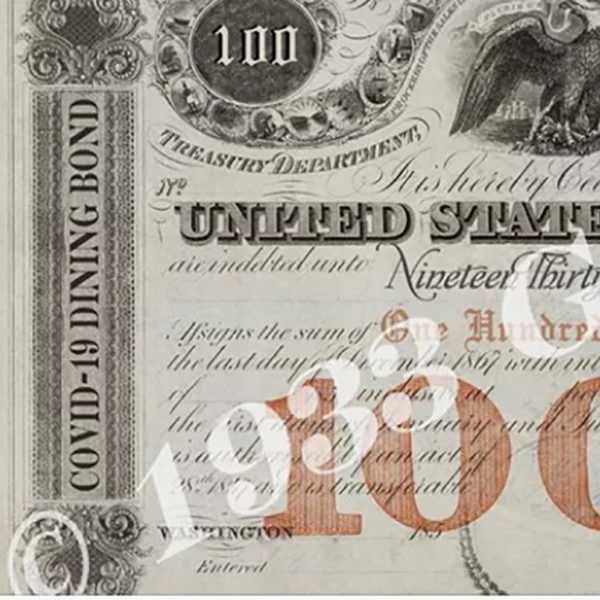Real Estate: Shelter from the Storm


Housing has held up remarkably well during the coronavirus crisis. So what’s next for the industry?


It’s easy to read business headlines these days and wonder how various sectors, such as travel and transportation, are holding up during the pandemic. And yet one industry that hasn’t been hit as hard is housing – a sharp contrast to the Great Recession. May’s housing sales activity dropped nearly 27% from May 2019 – and nearly 10% from the month before – during what’s usually real estate’s hottest selling season. But June’s existing home sales jumped nearly 21% from May. What’s more, the median home price in June was up 3.5% year over year, according to the National Association of Realtors – marking the 100th straight month of year-over-year gains, leading some real estate watchers to predict a V-shape recovery for housing.
To dive into the details of what’s going on with the housing market, we asked Stephens Managing Director and housing analyst John Campbell to make sense of how the industry has held up so well – and what may be in store in the coming months.
There seems to be a growing consensus that the housing market has dodged a bullet. How did that happen?
Coming into this year, housing was in a really good spot. Momentum was building, affordability was there, and mortgage rates were dropping. When COVID hit, the home-buying cohort was much less impacted compared to lower-salaried employees who may not be homeowners. Then as mortgage rates have fallen around COVID, going from 4% to almost sub 3% that’s created a lot of buying power for consumers.
Is this the case just for single-family housing? What about multi-family?
Multifamily has been a rock-solid, blistering market for the last seven or eight years. If you look at home-ownership levels, they’ve declined on the single-family side, and occupancy on the multi-family side has been really good. So what you could be seeing now is a bit of a reverse, particularly if that great migration is happening for people living in stacked apartments who are saying, “I’ve got to get out of here.” It’s yet to be determined if that’s a trend, but that could impact multi-family if so.
How is this economic downturn different from 2008, when housing led the crisis?
Leading up to the 2008 crisis, homeownership rates were really high and you could make the argument that a lot of people owned homes who really shouldn’t have owned homes. The credit box was a lot wider, you had a bunch of faulty loans, and home prices had grown into bubble territory. You had a ticking time bomb.
This go round, you have record levels of equity. You’ve seen home prices appreciate a lot but it’s been very steady. And while I’m not a huge fan of overregulation, coming out of the crisis, there were some necessary things that were fixed in the mortgage market and they helped apply guardrails to ensure that the system didn’t go off the ledge again.
What hurdles to that V-shape recovery does housing still face?
For one, there’s the question of what happens when forbearance relief subsides. If you look at some of the stats around forbearance, though, it’s been way better than I ever expected. The total number of loans now in forbearance is just under 8% across the U.S., which is a lot lower than what a lot of people were expecting. So I think forbearance programs and the stimulus have been effective. A study from LendingTree even showed that about 70% of homeowners didn’t need the help.
What are other risks to consider?
You’re seeing an ever-so-slowly tightening of the credit box all over again. Many banks are looking for a minimum loan-to-value ratio and if you look at mortgage originations, the average FICO score has picked up pretty rapidly in the last couple of months. The other risk, and to me this is the bigger one, is the issue of supply. Since the Great Recession, a lot of investors have come in and bought up a bunch of single-family homes and you’ve seen a lot of hobbyists who have four or five rental houses. So it’s harder to find inventory for sale.
What about supply issues?
Labor, lumber, and land costs have gotten so expensive that it’s hard to make money building. So when you have inventory that’s not on the market and you don’t have enough being built, you start to run into an issue. Inventory levels have been declining pretty rapidly of late, dropping 20% to 30% each month. And anytime you’re taking two jugs of milk off the shelf and replacing them with one, at some point that’s going to become a problem. If inventory continues to be down year over year, and home sales continue to increase, you’re going to see bidding wars and home prices being really inflated and eventually the market will just pause. That’s the biggest thing that worries me.
What leading indicators should people be watching to see how these risks play out?
There can be a lot of noise in some of these data points. The best metric that is underfollowed and under-loved is First American’s title insurance numbers. They’re the No. 2 player, they touch about a third of the nation’s transactions, and since every single home that is bought and sold has to have a title policy, whatever they’re touching is reflective of one third of the market. That’s a great indicator of what’s about to happen because once you get the title for the house it takes 30 to 45 days for closing.
You’ve talked about supply and sales. Where do you see home prices going?
I think you’re going to see a steady grind up. I don’t think it’ll be a continuation of 5 or 6% like we’ve seen pretty steadily over the last couple of years because there’s going to be a supply and demand imbalance for a while. But I think rates are going to go south of 3% so if that’s the case, you’ll be able to afford more and if wages are growing, there’s a reason to believe housing prices could go higher. And if you look at the average mortgage payment as a percentage of income it’s still at really heathy levels. So there’s actually a lot of room for home prices to go higher.
Could housing be affected by a second or third wave of COVID?
I think what you’ve seen so far is that the housing market packed a decade of innovation into two or three months. At one point, virtual tours were maybe 1 to 2% of total viewings of home tours on real estate online portals. But now it’s like over a third of tours. So it shows consumers can adapt and embrace changes.
Similarly, there were certain states that wouldn’t allow you to do remote signing, then they said “we’ll make an exception for coronavirus.” Then it was, “man, this is going really well, we’re going to make this permanent.” So I think you see a consumer that’s willing to adapt and an industry and even regulators who are going to do what they need to do to make a transaction happen. So there could be a second or third wave, but I just don’t think it will completely derail housing.
Do you see that innovation continuing?
Absolutely. Now consumers are used to pressing a button and magic happens. The lines already are blurring as to who is a real estate agent, who is a mortgage broker, who is a title insurer. I mean look at a refi, where you still have to sign 80 sheets of paper. That’s crazy. There’s got to be a better experience and you’re already seeing some of that. I think the whole fulfillment process – in terms of title insurance, getting a mortgage – will become more automated and seamless. And whoever can catch consumers as the top of the funnel and provide the fulfillment at the back end will be extremely competitive.

